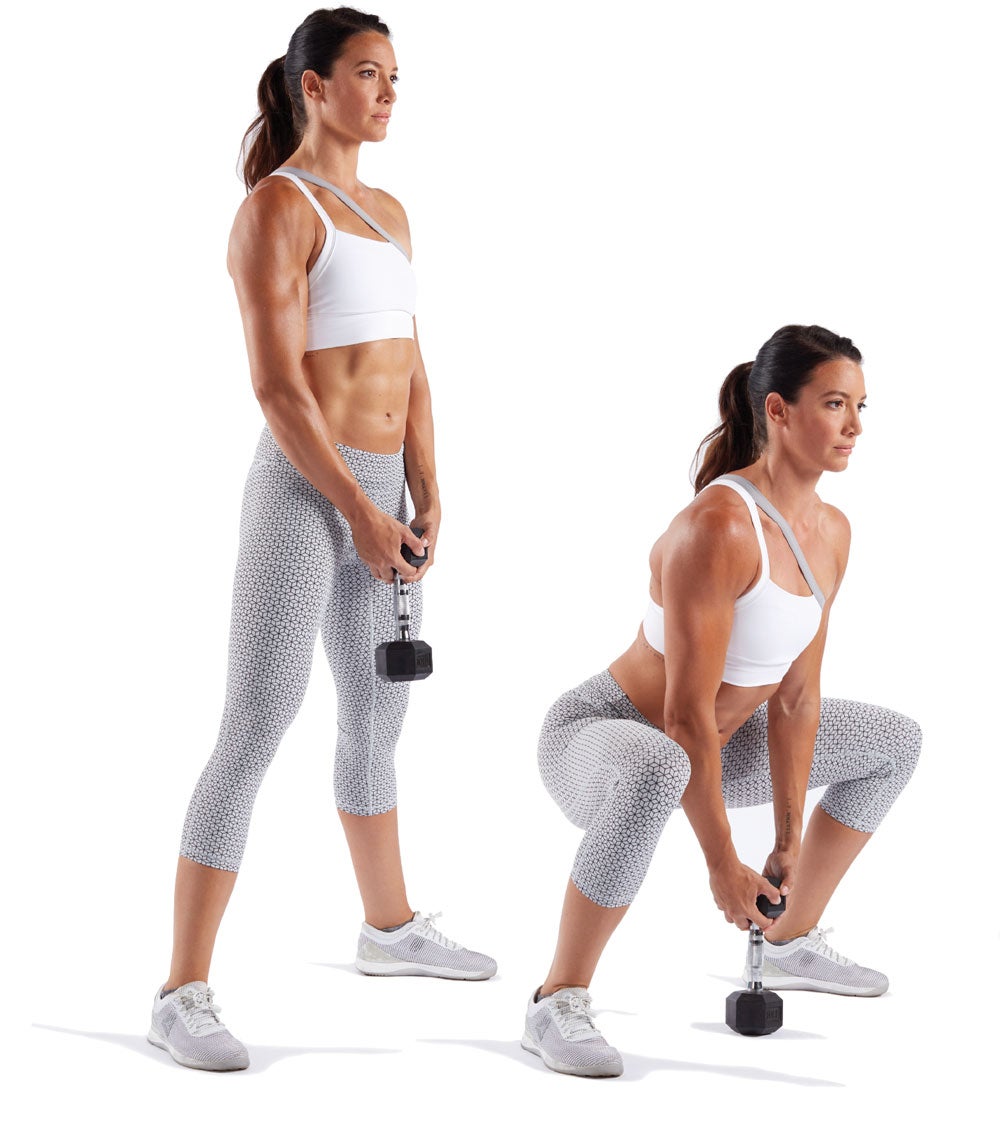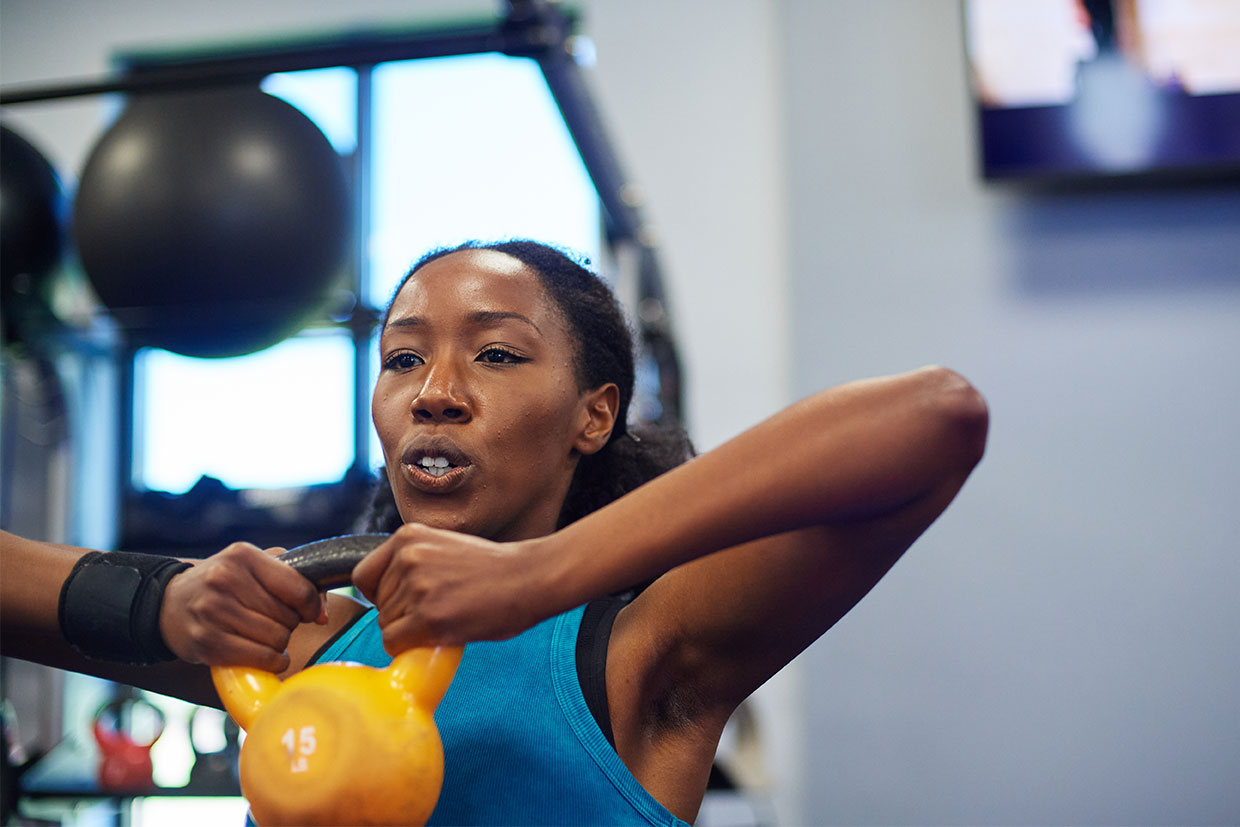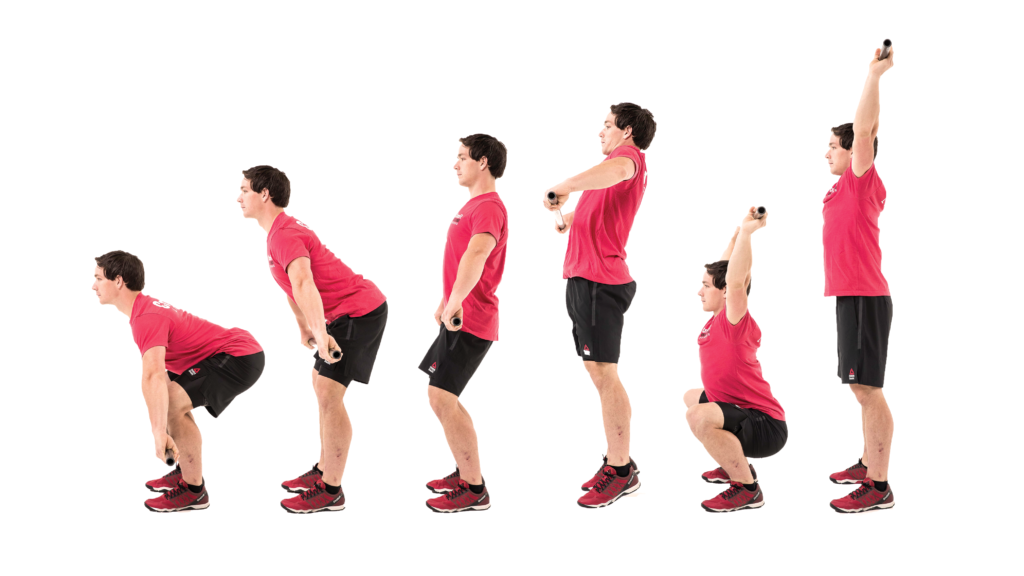Single Dumbbell Full Body Workout Maximize Your Gains

Introduction
In a world where time is often our most precious commodity, efficiency in exercise becomes paramount. Enter the single dumbbell full body workout – a versatile and effective solution for those seeking to maximize their gains without spending hours in the gym. In this article, we’ll delve into the intricacies of this workout regimen, exploring its benefits, principles, and key exercises.
The Appeal of Single Dumbbell Workouts
Simplicity meets effectiveness with single dumbbell workouts. Unlike cumbersome gym equipment, a single dumbbell offers convenience and versatility. Whether you’re at home, in a hotel room, or even outdoors, all you need is a single dumbbell to engage in a full-body workout that targets every major muscle group.
Efficiency in Action
The beauty of single dumbbell workouts lies in their efficiency. With just one piece of equipment, you can perform a wide variety of exercises that engage multiple muscle groups simultaneously. This means less time spent switching between machines or equipment and more time focused on getting results.
Targeted Muscle Engagement
Contrary to what some may think, single dumbbell workouts are not just about lifting weights. They are about engaging specific muscle groups through targeted movements. From squats and lunges to rows and presses, each exercise is carefully selected to maximize muscle engagement and promote balanced strength development.
Balancing Act: Core Stability
One of the often-overlooked benefits of single dumbbell workouts is their ability to improve core stability. Many exercises in this regimen require you to engage your core muscles to maintain proper form and balance. Over time, this leads to increased core strength, better posture, and reduced risk of injury.
Principles of Single Dumbbell Training
Effective training requires adherence to certain principles, and single dumbbell workouts are no exception. By understanding and applying these principles, you can optimize your workouts and achieve your fitness goals more efficiently.
1. Progressive Overload
Progressive overload is the foundation of muscle growth and strength development. To continually challenge your muscles and promote growth, you must gradually increase the resistance or intensity of your workouts over time. This can be achieved by increasing the weight of your dumbbell, performing more repetitions, or incorporating more challenging exercises.
2. Full Range of Motion
Proper form is crucial in single dumbbell workouts to ensure maximum muscle engagement and prevent injury. Focus on maintaining a full range of motion with each exercise, allowing your muscles to stretch and contract fully. Avoid using momentum or swinging the weight, as this can compromise form and reduce effectiveness.
3. Rest and Recovery
Rest and recovery are essential components of any effective training program. Allow your muscles adequate time to recover between workouts to prevent overtraining and promote muscle repair and growth. Aim for at least one to two days of rest per week, and listen to your body’s signals to avoid pushing yourself too hard.
Key Single Dumbbell Exercises
Now that we’ve covered the principles of single dumbbell training, let’s explore some key exercises that you can incorporate into your workouts to target






